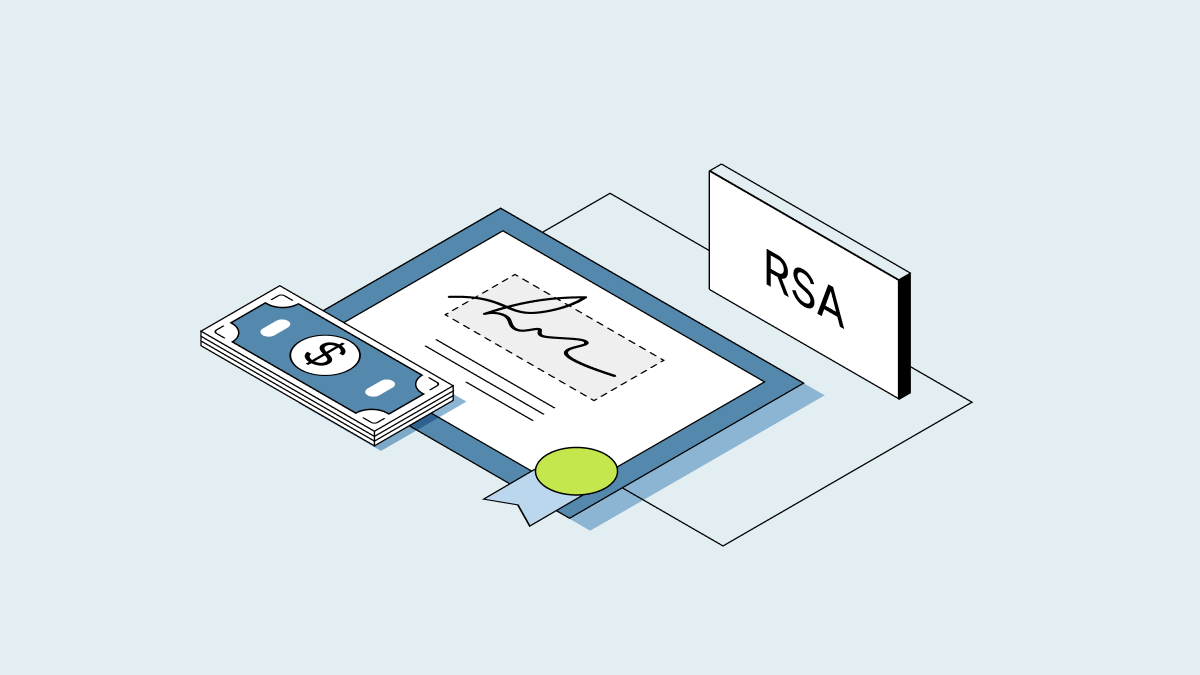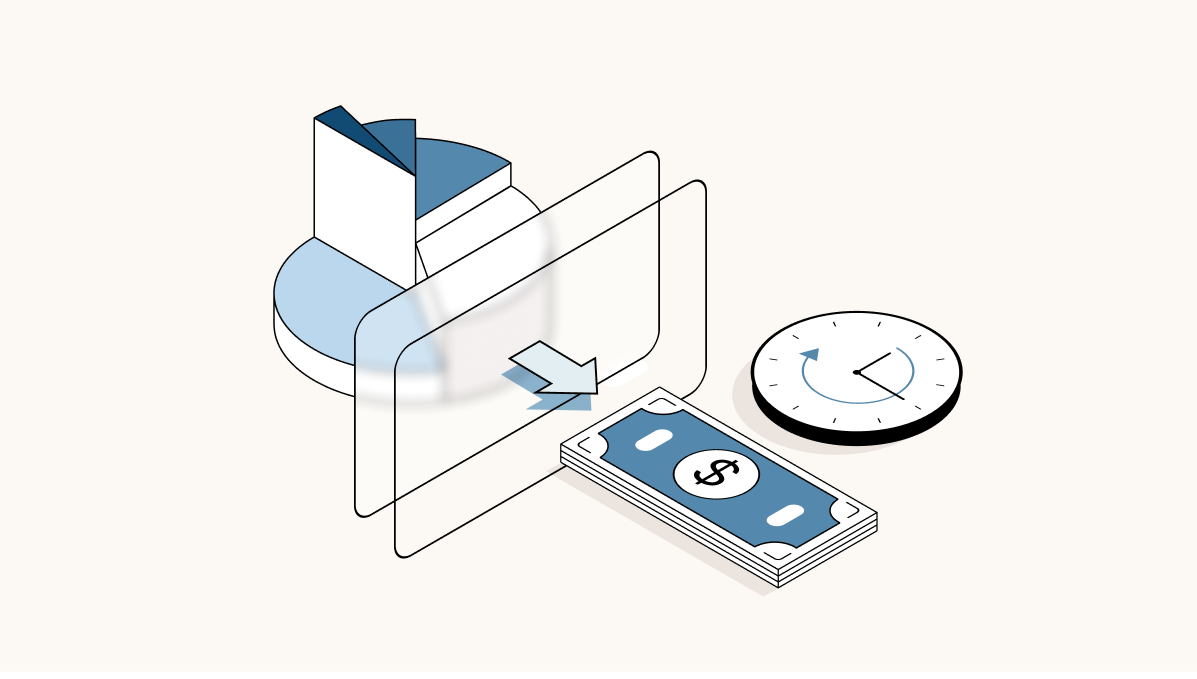Stocks are units of ownership or equity in a business or firm. Private companies issue common stock or preferred stock. Both offer different benefits to shareholders. In general, common stock is reserved for employees, while preferred stock is given to investors. Learn more about preferred stock vs. common stock below.
What is common stock?
Common stock in a private company is generally directly issued to founders and early employees. After reaching a certain amount of employees, private companies often issue common stock option grants, which gives an employee a right to exercise (buy) those shares at a set price. If an employee exercises an option, the company will issue the corresponding number of shares of common stock to the employee.
Typically, common stock may perform well in the long run if the value appreciates but it also poses a risk to stockholders because dividend income isn’t guaranteed in the case of most venture-backed corporations. Common stockholders also come last in liquidation preference. This means whenever a company is acquired, common stockholders receive liquidity only after preferred shareholders are paid.
What is preferred stock?
Preferred stock is primarily issued to investors ( venture capitalists, angel investors, PE firms) when they finance funding rounds. It is considered less risky than common stock since preferred stockholders get priority on company assets over common stockholders. This gives preferred shareholders primary access to company assets in a liquidity event or bankruptcy.
Common stock vs. preferred stock: Key differences
|
|
Common stock |
Preferred stock |
|
Price |
Common stock is usually sold at the fair market value, with a higher potential for capital gains. |
Preferred stock is usually sold at a higher amount based on the valuation and due to the liquidation preference it receives. |
|
Payouts |
Common stock shareholders are lower priority than preferred stock shareholders when it comes to liquidation payouts. |
If the company liquidates assets or goes bankrupt, those with preferred stock are more likely to get their money back than those who own common stock. |
|
Voting rights |
Common stockholders can vote on important company matters like who the CEO is. This means they can help move the company in a certain direction. |
Preferred stockholders may receive special voting privileges and protections in private companies. |
Carta can help your company issue both common and preferred stock to employees and investors with just a few clicks. Plus, we automatically update your cap table and keep it up to date after every transaction. Learn more about Carta cap table management.
Carta Equity Advisory helps the employees of our customer companies make informed decisions about equity ownership and taxes.



